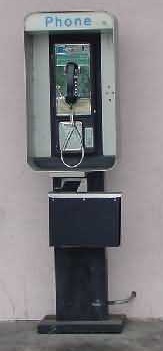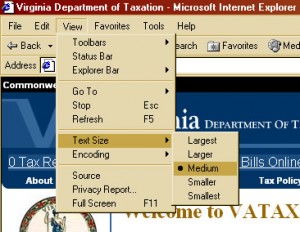This is a long time coming, and boy, is it big. Yes, this is Google news related to telephones, but we won’t talk about Nexus One (still).
Google is launching pay-per-call advertising. Now.
There have always been variants of pay-per-call available, but this shows how serious Google is about invading the local search advertising space. The program, announced today via email before Google’s other announcement, is arguably more important and profitable in the long run. Here’s how it works:
- A business will get a 5th line in a Google advertisement that shows a local phone number on smartphones (or as Google calls them, “high end mobile devices”)
- Google says they’ll check the phone’s location and show the phone number for a nearby business.
- The searcher simply has to scroll to your number and click.
- Advertisers get the full range of analytics and metrics associated with keywords, this time with a telephone call as the conversion.
The best part for advertisers is the cost. Pay-Per-Call has traditionally cost a much higher rate than a click to a website. For now, anyway, Google is keeping the rate the same. That’s quite a bargain for advertisers.
Meanwhile, the infighting with Microsoft continues. Google described the covered phones as “iPhone, Android, Palm WebOS”, but didn’t mention Windows Mobile. I asked Brandon Miniman, the CEO of leading smartphone site pocketnow.com, about the omission and the future of Windows Mobile in an Android and iPhone world.
“Windows Mobile is becoming less relevant because version 6.5 offers no big innovations and is mostly unchanged from a decade ago. That said, Microsoft has been working on Windows Mobile 7 for many years. When released in 2010, it could finally bring Microsoft back into the smartphone arena,” said Miniman.

